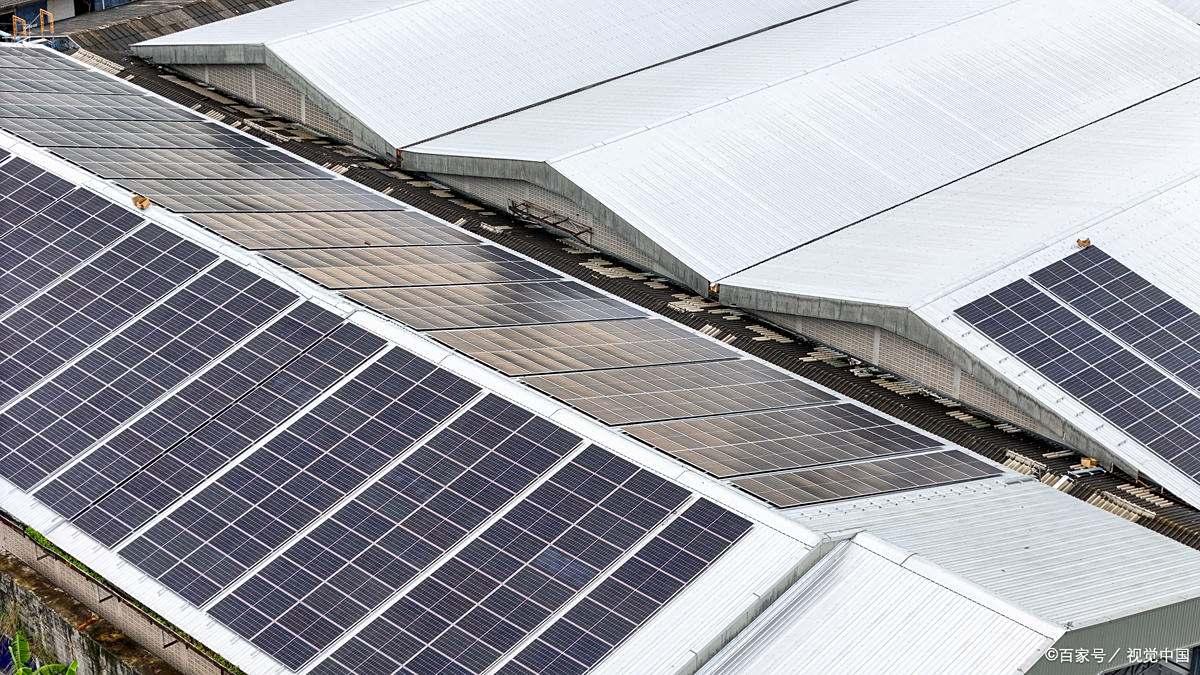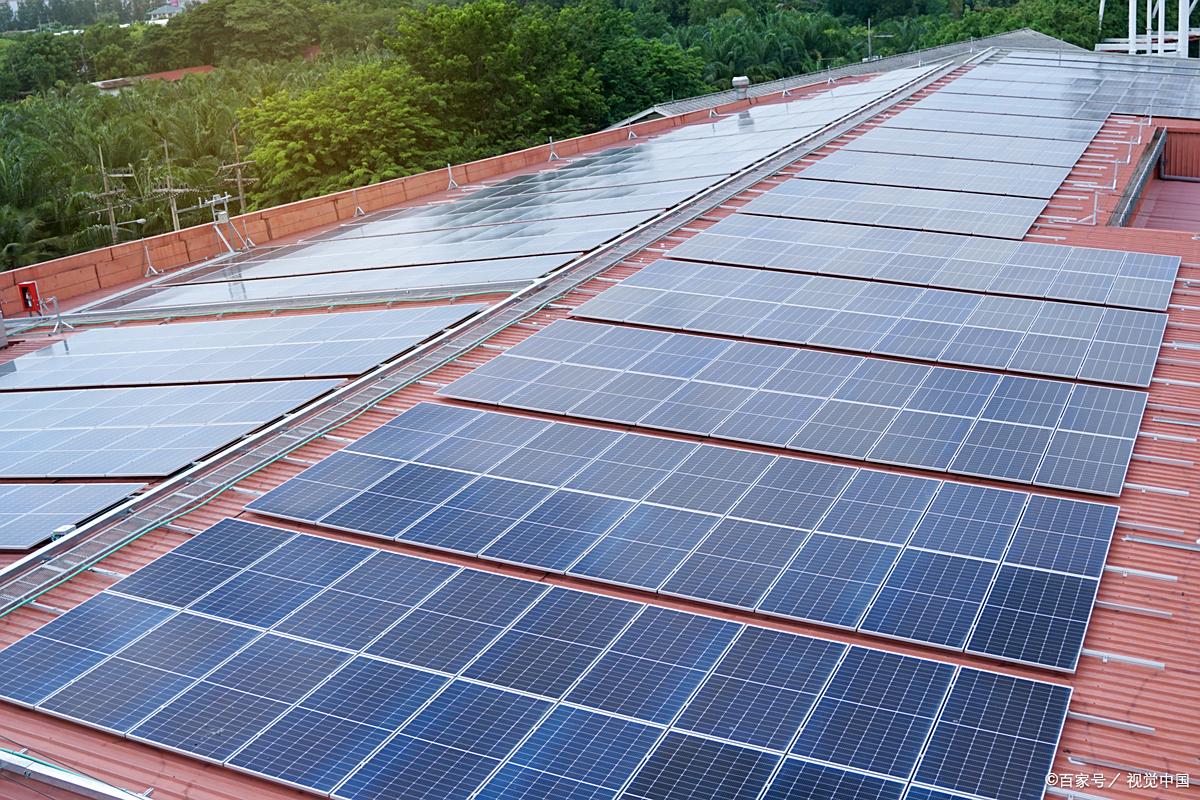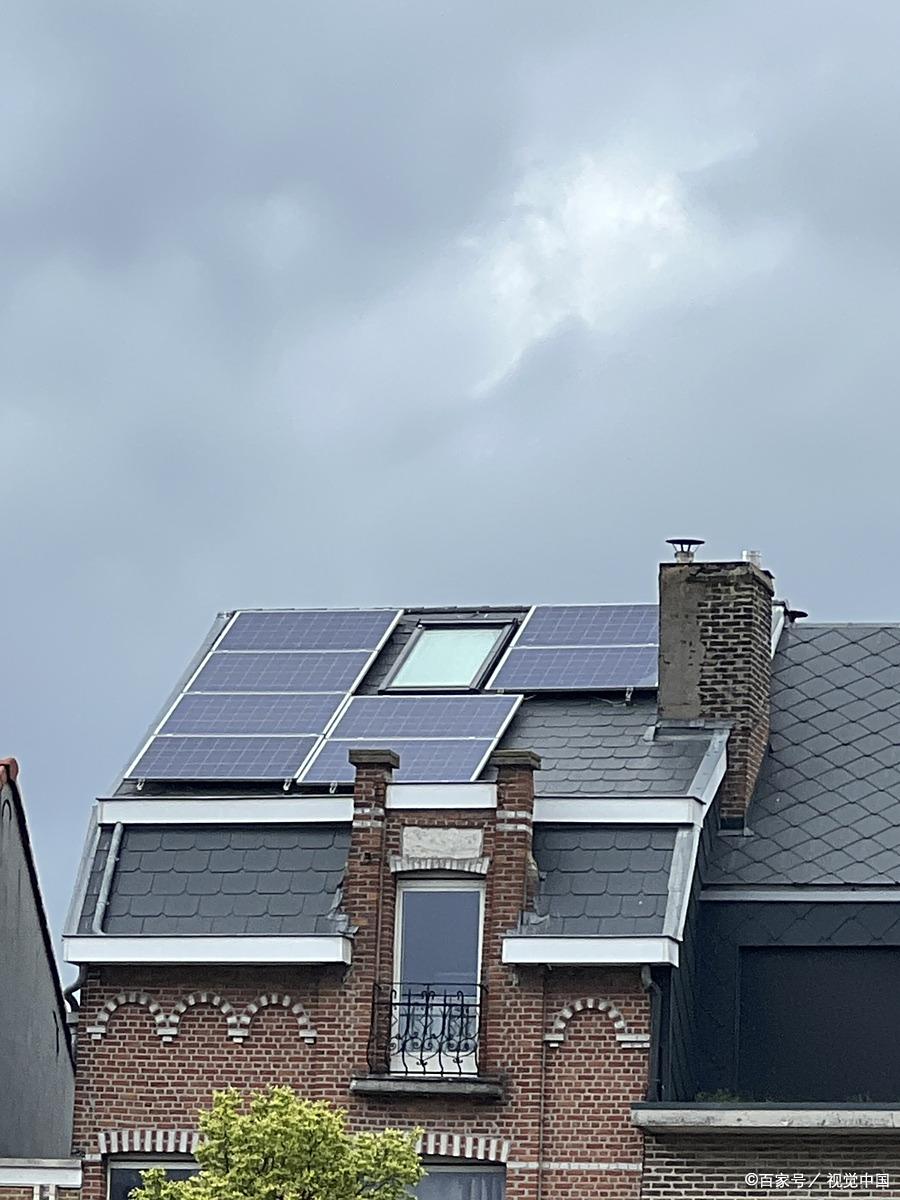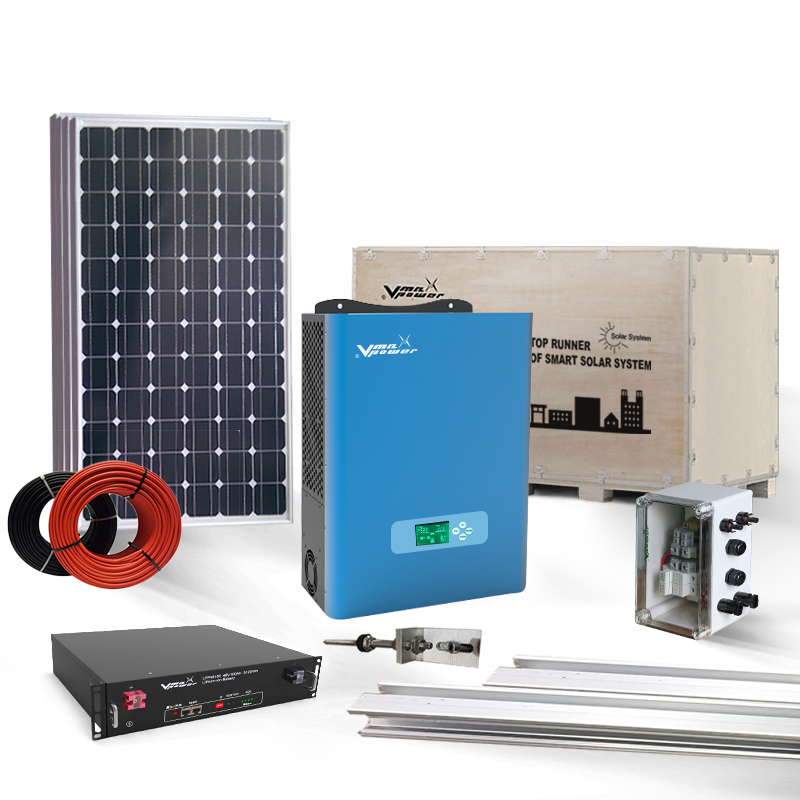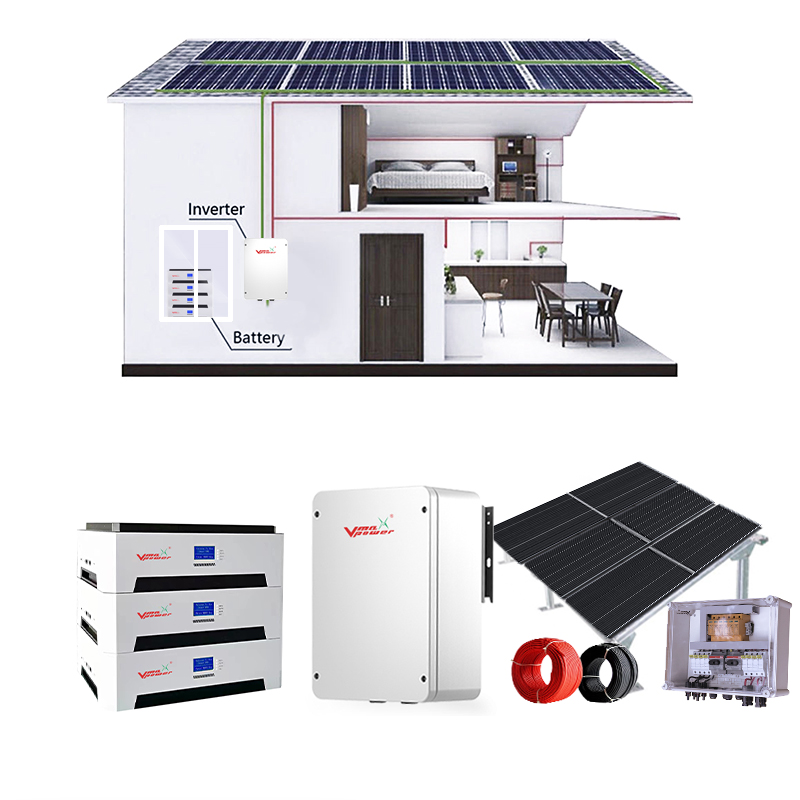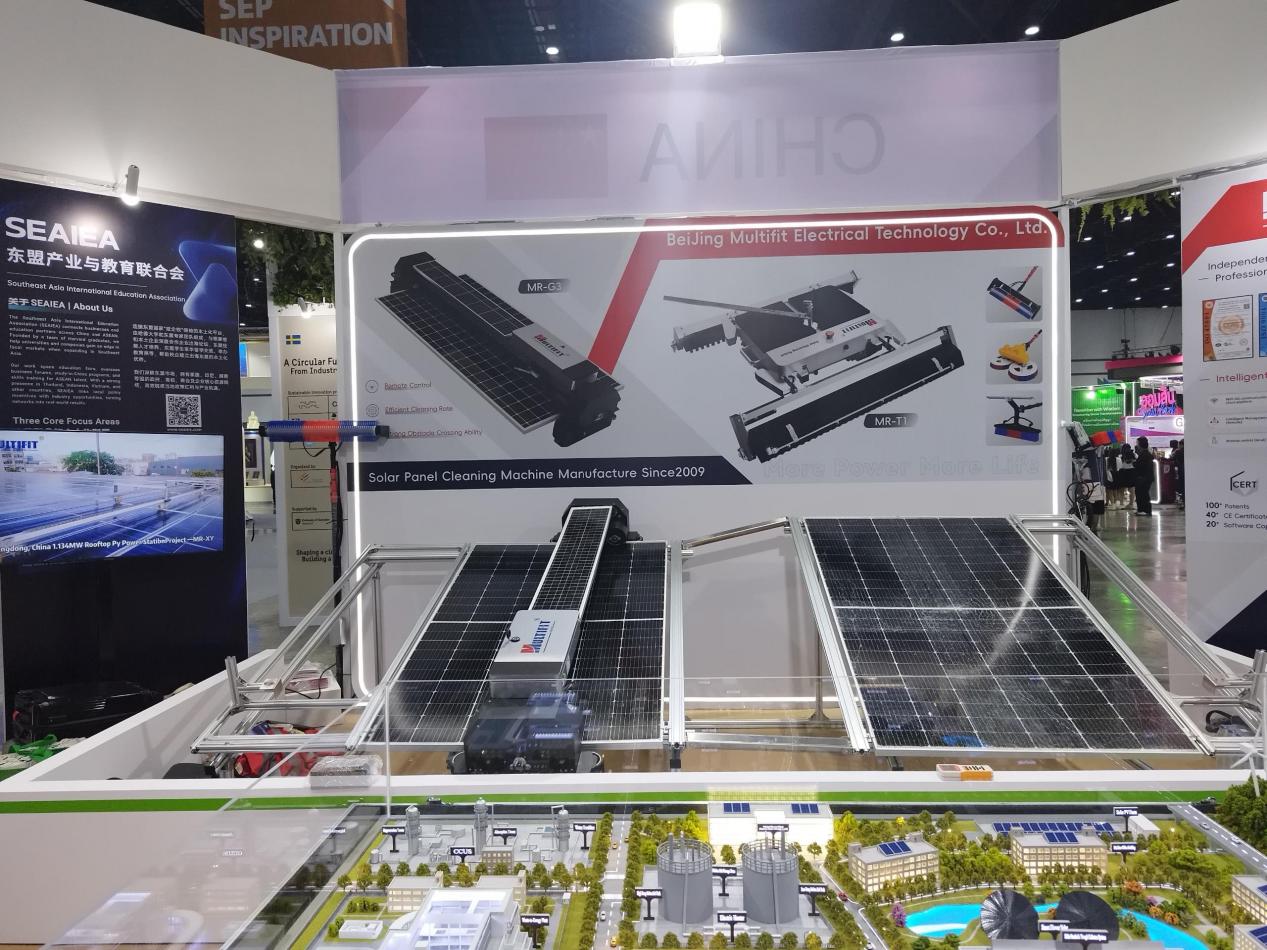As China vigorously promotes the development of renewable energy, photovoltaic (PV) power generation, as a representative of clean energy, has gradually become the choice of many households and businesses. Especially in rural areas and urban outskirts, installing photovoltaic panels on roofs has become a common method of power generation. However, many people have concerns about the safety of photovoltaic panels, particularly regarding their impact on human health and the potential risks of installation.
1. Working Principle of Photovoltaic Power Generation and Its Safety
1.1 Basic Principle of Photovoltaic Power Generation
Photovoltaic power generation systems convert solar energy into electricity through the photovoltaic effect. The main components include solar panels, inverters, brackets, DC and AC distribution equipment, etc. Solar panels are typically made from silicon-based semiconductor materials, which absorb photons from sunlight to generate DC electricity. This is then converted into AC power by the inverter for household use or grid connection. The entire process does not involve the burning of fossil fuels, and therefore does not produce air pollution or harmful gases.
1.2 Impact of Photovoltaic Panels on Human Health
Public concerns about whether photovoltaic panels are harmful to human health generally focus on electromagnetic radiation, light pollution, chemical leaks, and safety hazards. These concerns are analyzed below:
1.2.1 Electromagnetic Radiation
Photovoltaic panels themselves do not generate electromagnetic radiation during power generation because their working principle is based on the photoelectric effect, which only involves the generation of DC electricity. However, the inverter generates a small electromagnetic field when converting DC electricity to AC power. According to numerous scientific tests, the electromagnetic radiation intensity of photovoltaic systems is far below the national standard (GB8702-2014 “Electromagnetic Environmental Control Limits”), even lower than the radiation levels of household appliances such as mobile phones, televisions, or wireless routers. For example, tests show that the electromagnetic field generated by photovoltaic inverters is usually only 1/10th of that of everyday household appliances, and the intensity rapidly decreases as the distance increases. Therefore, under normal installation and usage conditions, the electromagnetic radiation from photovoltaic panels is harmless to human health.
1.2.2 Light Pollution
The surface of photovoltaic panels is usually designed with a matte finish to absorb as much sunlight as possible rather than reflect it. Compared to high-reflection materials like glass curtain walls, photovoltaic panels reflect very little light and will not cause significant light pollution. As long as the installation angle is reasonable and avoids direct reflection of sunlight into living areas, photovoltaic panels will not interfere with residents’ vision or daily life.
1.2.3 Chemical Risks
Photovoltaic panels may contain small amounts of chemicals such as lead or cadmium, but these substances are sealed inside the battery components and will not leak under normal usage. Harmful substances may only be released if the battery components are severely damaged or improperly disposed of. However, modern photovoltaic panel manufacturing processes are stringent, and qualified products must pass environmental safety certifications. Photovoltaic products on the Chinese market must comply with relevant standards. Regular inspections and maintenance can effectively prevent such risks.
1.2.4 Psychological Impact
Some residents have misunderstandings about the safety of photovoltaic panels and worry that they may have health impacts, leading to anxiety or psychological pressure. This psychological burden can cause insomnia or discomfort, but through educational outreach and understanding the safety of the equipment, these issues can be effectively alleviated.
1.3 Scientific Conclusion
Based on current research and testing data, photovoltaic power generation systems that are installed and used according to regulations have negligible impact on human health. The electromagnetic radiation is lower than that of household appliances, light pollution can be avoided through proper design, and the chemical risks under normal conditions are virtually nonexistent. Therefore, from a health perspective, installing photovoltaic panels on rooftops is not harmful to residents. However, attention should be given to roof load-bearing capacity, installation standards, and economic costs. It is suitable for houses with sufficient sunlight and stable structures, while avoiding old buildings and high-risk areas.
Photovoltaic power generation is safe and reliable, with electromagnetic radiation lower than household appliances, and minimal risks from light pollution and chemicals. As a safe, harmless, and pollution-free renewable energy source, photovoltaic energy is increasingly entering homes and greatly enriching the energy needs of people worldwide.
Multifit Solar is a high-tech manufacturing enterprise focused on the development, production, sales, and construction of solar power generation systems and other green energy technologies. The company is headquartered in Beijing, with its production base located in the High-tech Industrial Development Zone in Shantou, Guangdong Province, China.
Multifit was established in 2009 and has obtained ISO9001 quality management system certification, ISO14000 environmental management system certification, OHSMS28001 occupational health and safety management system certification, CE certification, FCC certification, and has numerous independent intellectual property rights and patents, as well as software copyrights. The total number of intellectual properties exceeds 80.
We provide a full range of solar system products, including solar panels, inverters, brackets, DC and AC distribution equipment, etc.
Additionally, we independently developed and designed solar panel cleaning robots, which can not only increase the solar panel power generation efficiency by 8% to 30%, but also effectively prevent equipment damage caused by hotspot effects. Currently, our cleaning robots have served many power plants, with a cumulative power generation of over 500 megawatts.
We have been recognized as a National High-tech Enterprise; successfully listed on the Overseas Chinese Board in 2018; passed the National High-tech Enterprise re-certification in 2019; and established a branch in Shenzhen in 2022, which is also a research and development base. We have also received multiple honorary certifications, including National Science and Technology-based Small and Medium Enterprises, Contract-abiding and Trustworthy Enterprise Certification, Guangdong High-tech Product Certification, and listing on the Overseas Chinese Board. Our own brands “Vmaxpower” and “MULTIFIT” are registered both domestically and internationally, including international trademark registration in Madrid, covering over 20 countries and regions in the EU, the African Intellectual Property Organization, Mexico, Vietnam, Russia, etc. With over a decade of brand establishment, we have gained significant recognition in overseas markets. Our corporate mission: “Sunshine for you, Multifit benefits all.”
Looking to the future, Multifit will continue to focus on the development of the renewable energy industry and the research and development of more efficient, economical, and practical solar solutions.
Post time: Oct-21-2025


